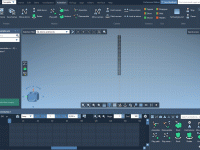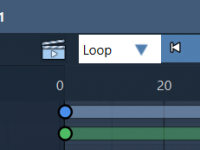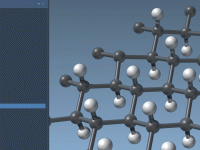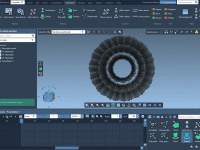Author: OneAngstrom
Easily Create Vertical Flythroughs of Molecular Systems

Creating engaging molecular animations often means going beyond static visuals and tapping into smooth, precise camera movements. For molecular modelers preparing presentations, visualizations, or educational content, one constant challenge is showing structural complexity—such as layers of biomolecular assemblies or vertical…
Simplifying Collaboration: How to Share Cloud Jobs in SAMSON Connect

For many molecular modelers, running heavy simulations locally can be time-consuming and computationally expensive. That’s why cloud-based services like AlphaFold, NVIDIA BioNeMo, or GROMACS, integrated into SAMSON, have become increasingly popular. However, once your job finishes running in the cloud,…










